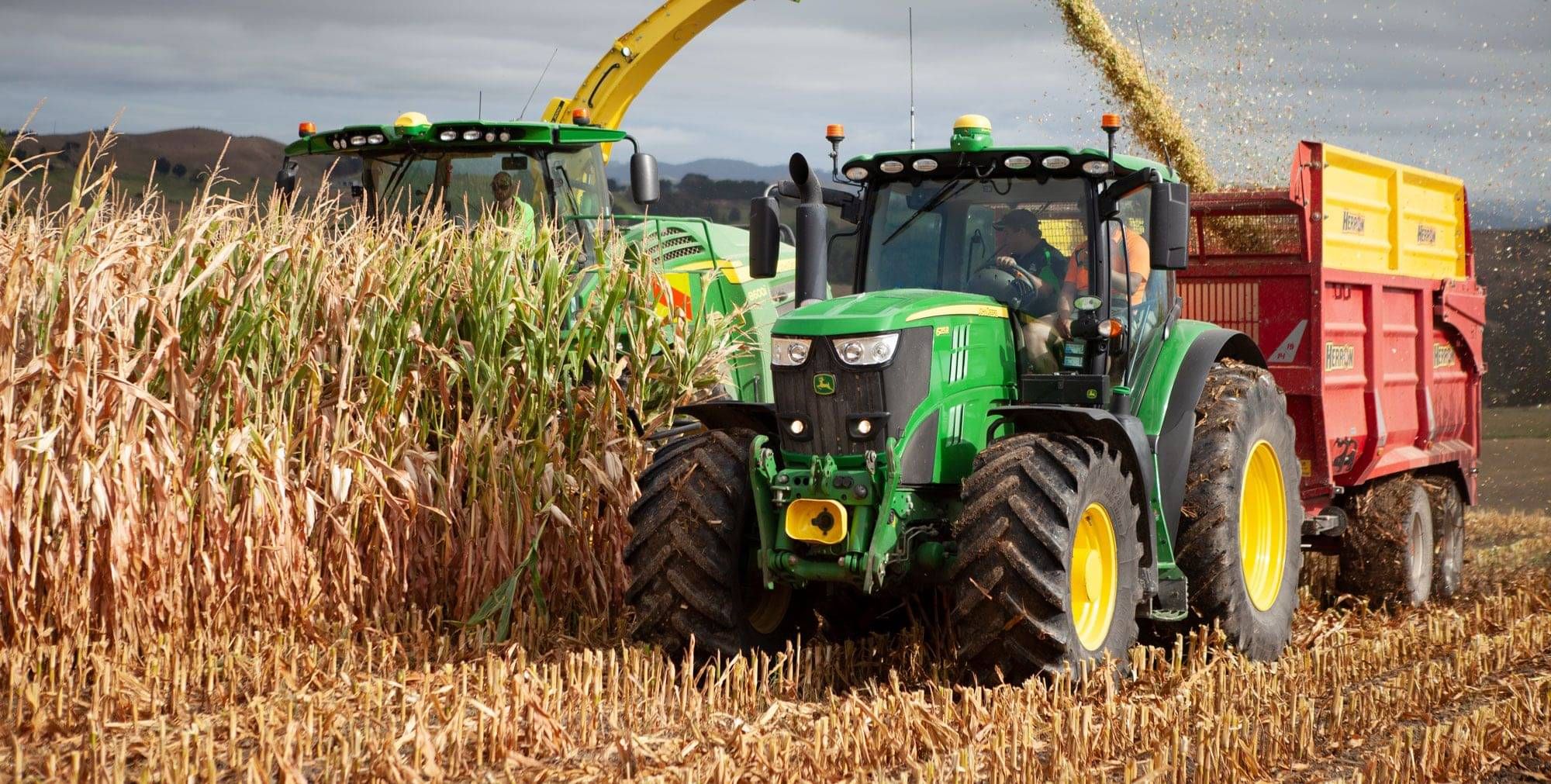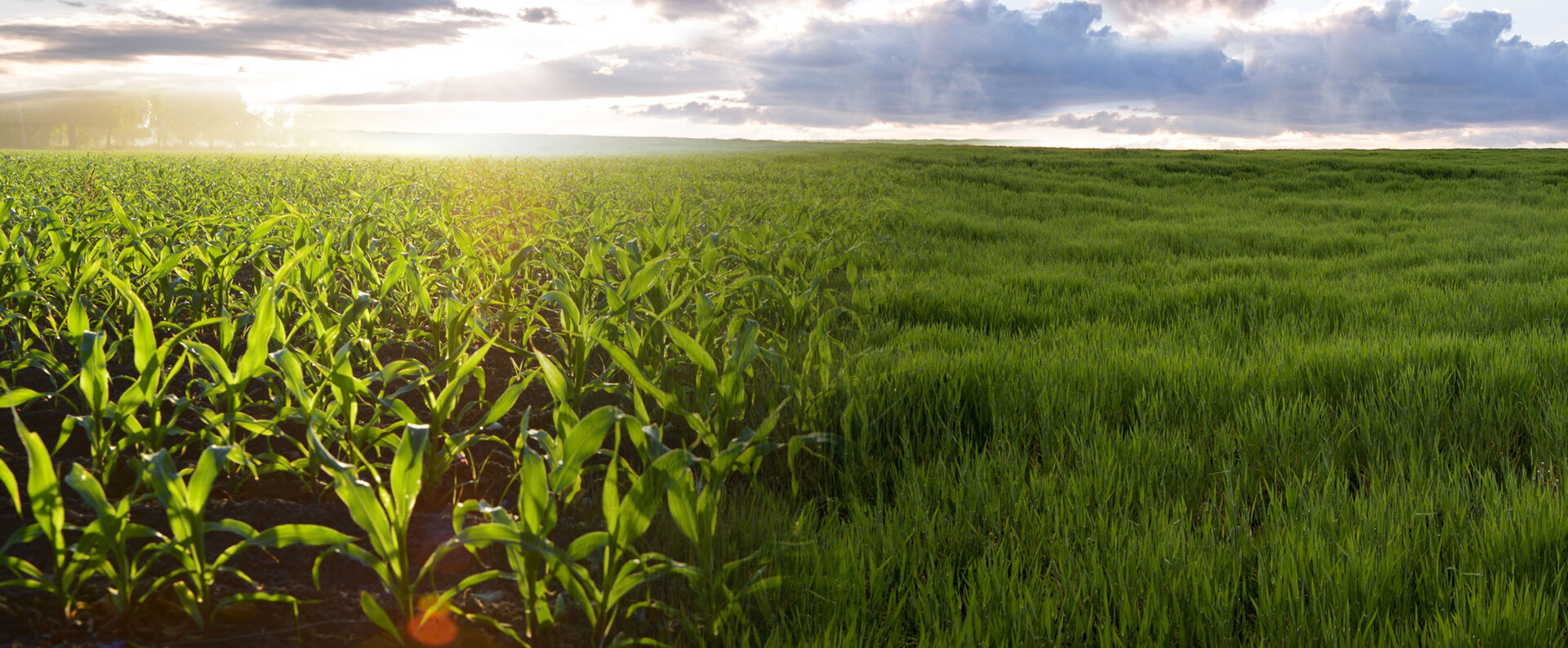Improved animal performance plus protection against reheating and mould
The exclusive use of lactic acid forming bacterial products (homofermentative bacteria), to improve fermentation quality, has been a widely used as a practical step in silage production.
The disadvantage of using just homofermentative lactic acid bacteria products is the fact that it has a negative impact on aerobic stability and causes reheating. This may result in large nutrient losses after opening the silage stack and may also result in a reduced feed intake in the animal or the feed doesn't provide as many nutrients to the animal as it could.
With the combination of a hetero fermentative lactic acid bacteria, which form antifungal acetic acid, and the homofermentative acid bacteria, a new way has been found to link the positive effects of both groups of bacteria, thereby, providing a stable environment for the feed by reducing the susceptibility to reheating while simultaneously ensuring high fermentation quality.
Numerous studies with a wide range of forage including grass, alfalfa, red clover and whole crop cereals show the positivity of the double effect of Kofasil Duo on the insiling and storage process.

- Avoids food energy losses from the field all the way to the feed bin
- Improves palatability and feed intake
- Improves animal performance
Inoculation density:
With proper application at least 200 000 bacteria/g forage
Composition:
Lactobacillus plantarum (DSM 3676, 3677), Lactobacillus buchneri (DSM 13573); min. 2,0 x 10^11 CFU/g
Durability:
Store in a dry, cool and dark place. Minimum shelf life in sealed original packaging is 6 months at room temperature, in the freezer (-18 °C) three years.
Use in organic farming
Non-genetically modified bacteria (isolated from silage) can be used in orga- nic farming under EU Regulation 2092/91 (and FiBL-list 2010).








